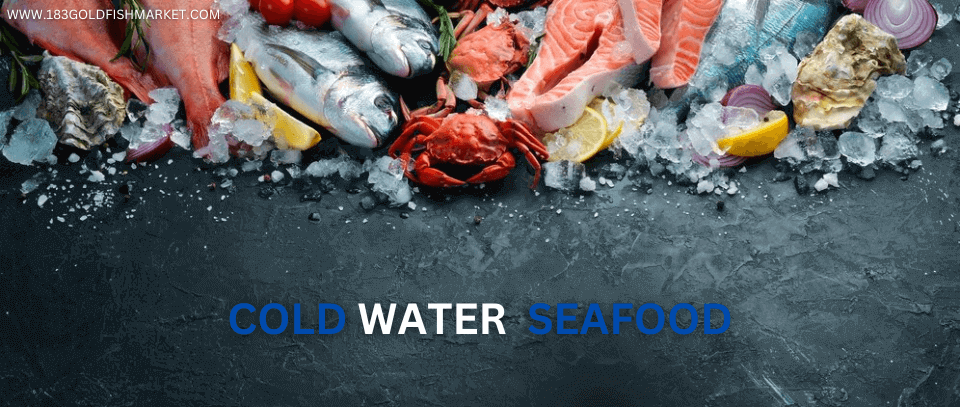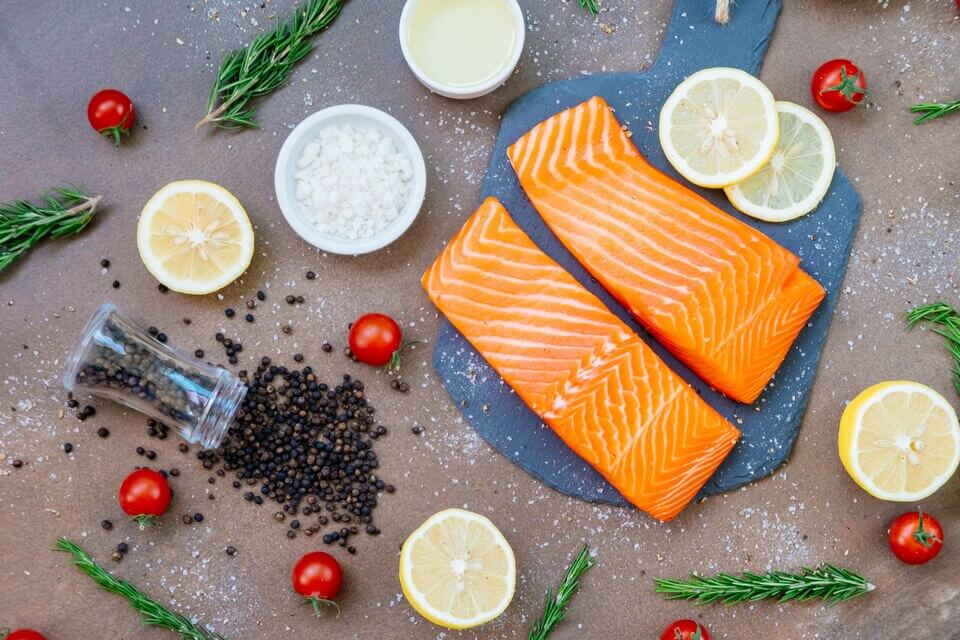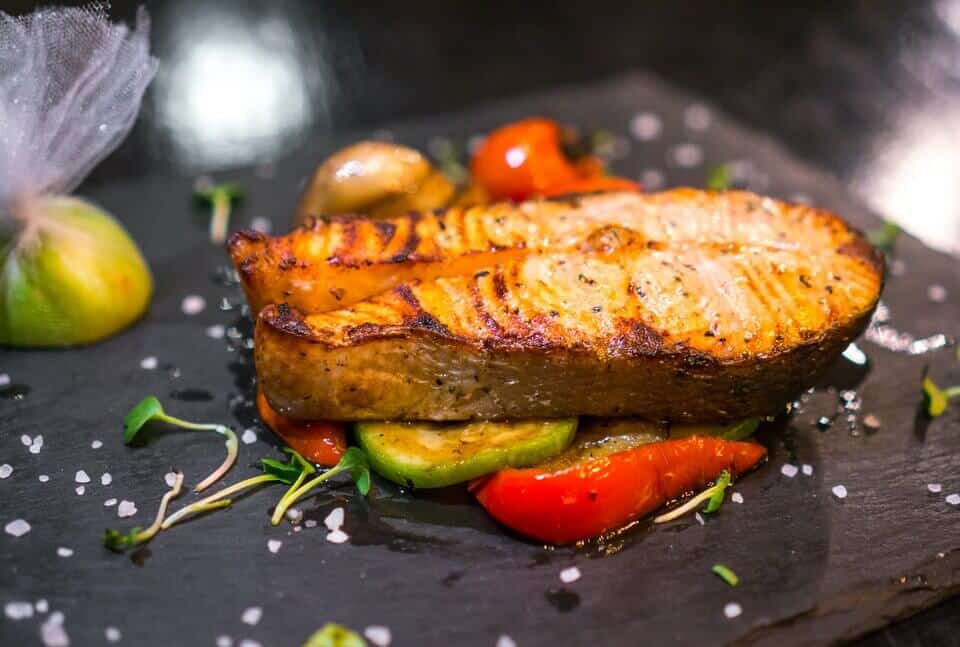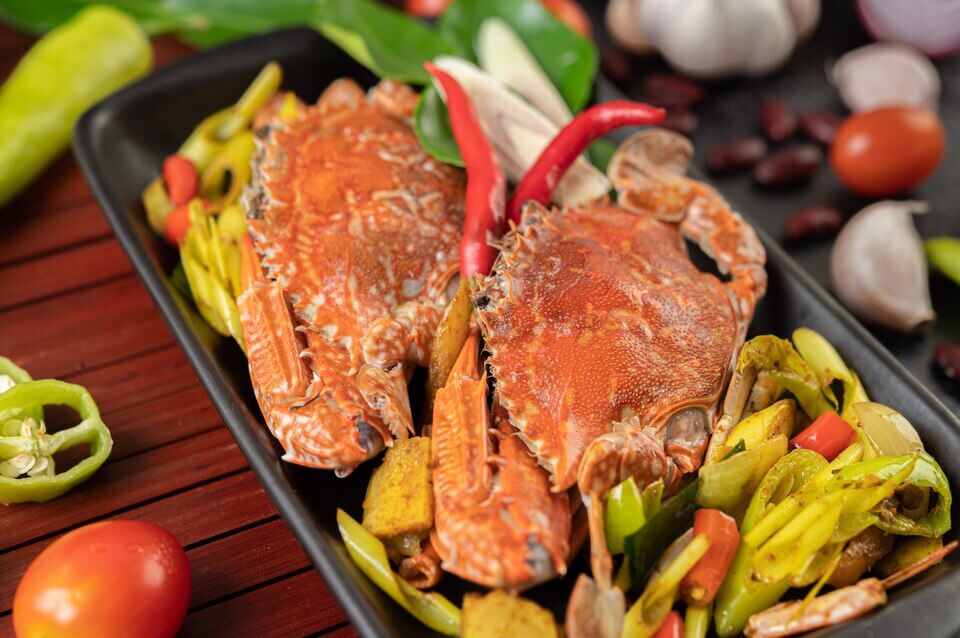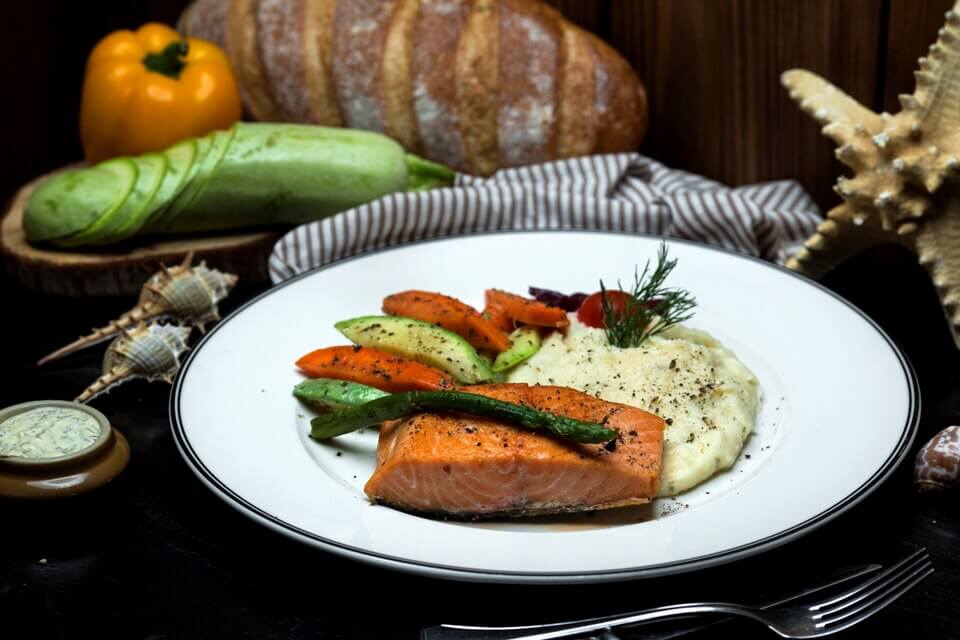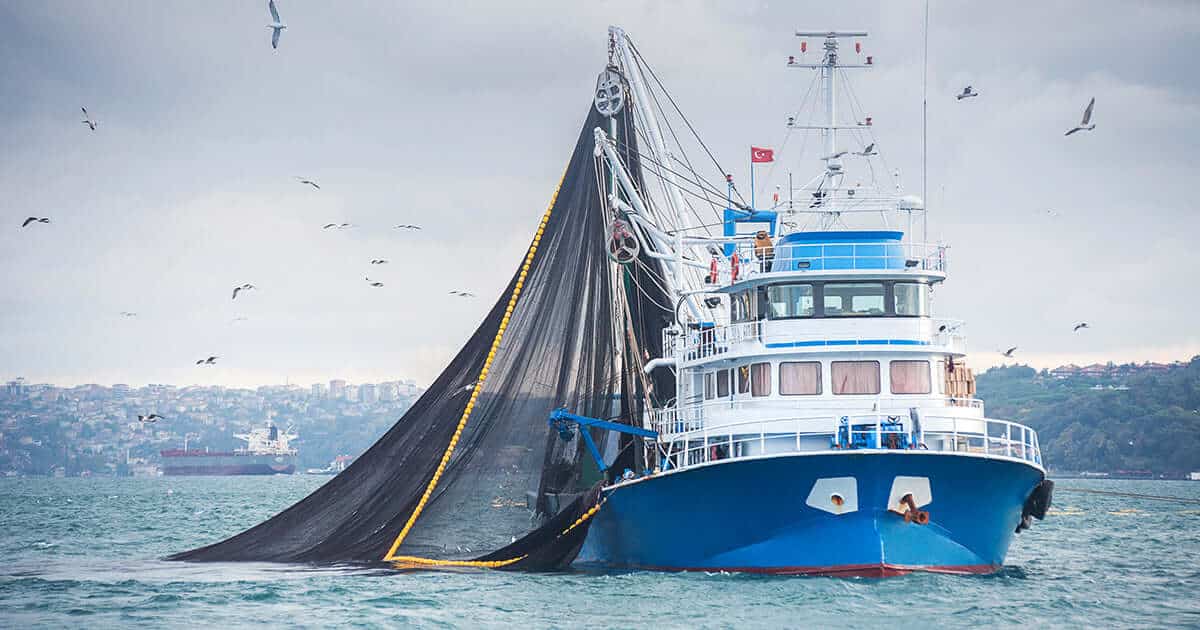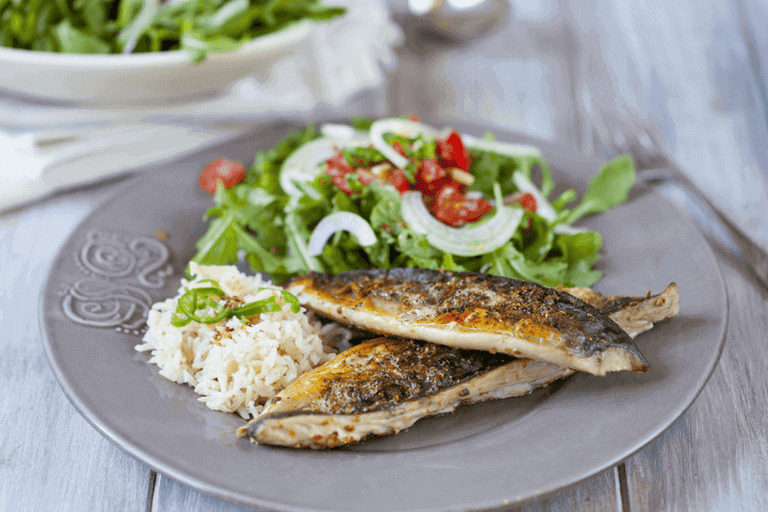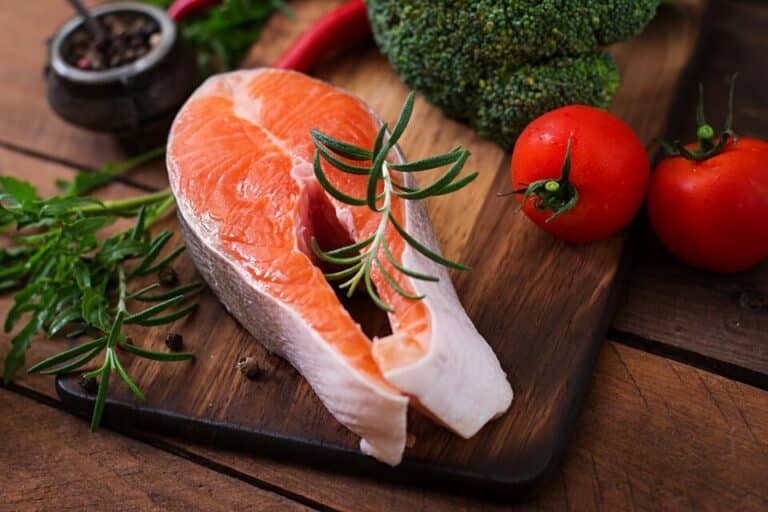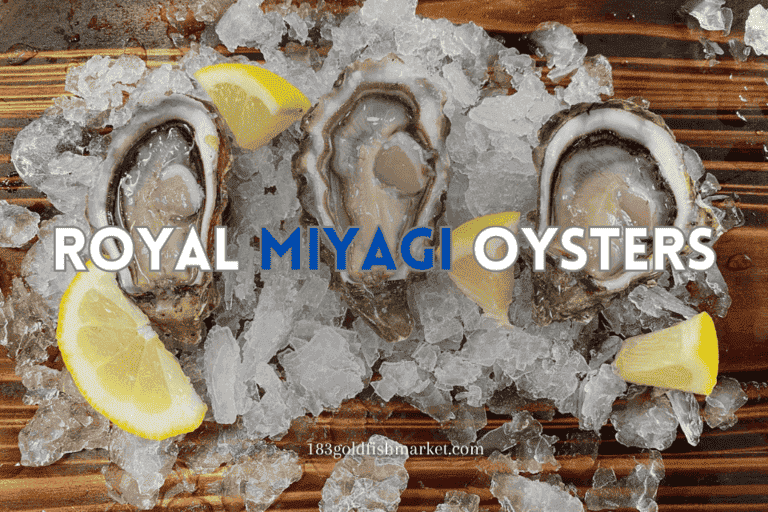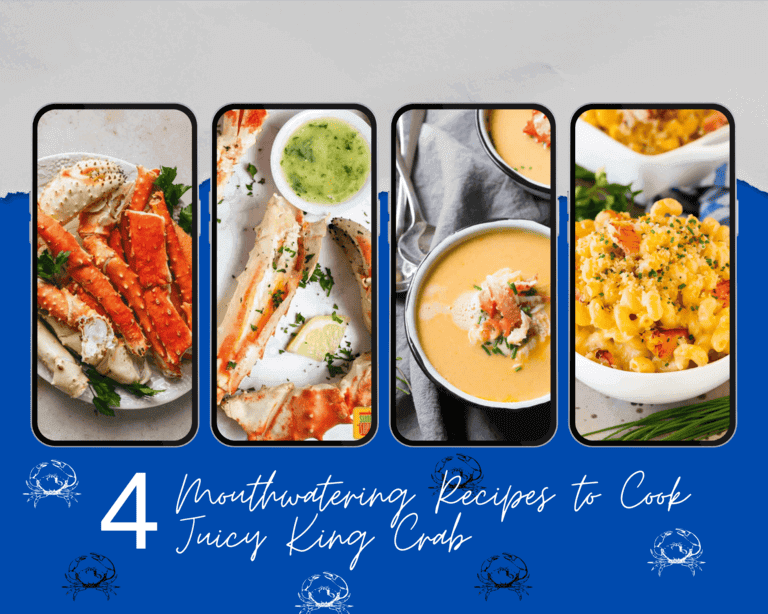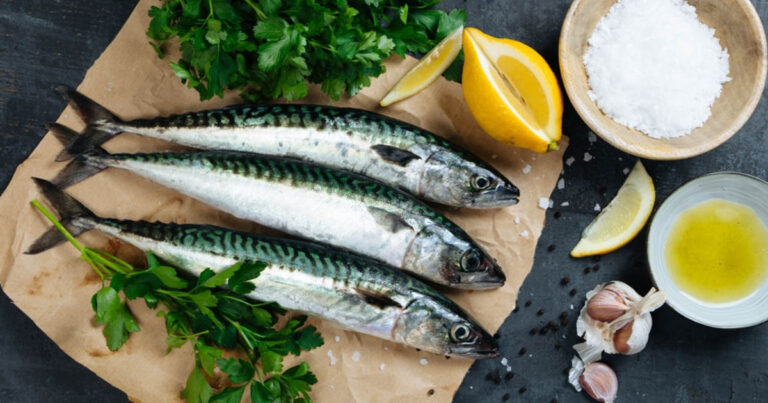Cold Water Seafood: A Delightful Feast for Seafood Lovers
Cold water seafood, with its exquisite flavors and textures, is a true culinary delight that leaves us craving for more. Among the various types of seafood, it holds a special place, boasting unique characteristics and a distinct taste that sets it apart from others. In this article, we will delve into the wonders of cold water seafood, exploring its health benefits and discovering popular dishes that can be prepared using these delectable treasures from the deep.
Introduction
Cold water seafood refers to a wide variety of marine creatures that thrive in colder oceanic regions. Ah, let me tell you a little secret about these amazing regions – their waters are so nutrient-rich! And you know what that means? It’s the secret ingredient that gives the seafood there its one-of-a-kind flavors and textures. Mother Nature sure knows how to create some culinary wonders! Cold water seafood has gained immense popularity among seafood enthusiasts for its unique taste and numerous health benefits.
What is Cold Water Seafood?
Cold water seafood encompasses a diverse range of species, including fish, shellfish, and crustaceans, that inhabit the frigid waters of the Northern Atlantic, Pacific, and Arctic Oceans. Unlike their warm water counterparts, cold water seafood species tend to grow more slowly, resulting in firmer textures and richer flavors.
Health Benefits of Cold Water Seafood
Rich Source of Omega-3 Fatty Acids
When it comes to cold water seafood, one thing that stands out is its rich abundance of omega-3 fatty acids – those amazing nutrients that do wonders for our health. These little powerhouses bring a whole range of benefits to the table, from taming inflammation to keeping our hearts happy and our brains in tip-top shape. It’s like a natural health boost wrapped in a delicious seafood package!
High in Essential Minerals
These delectable sea creatures are also packed with essential minerals such as zinc, selenium, and iron. These minerals play vital roles in various bodily functions, including immune system support, antioxidant activity, and oxygen transport.
Promotes Heart Health
You know what’s truly impressive about cold water seafood? The omega-3 fatty acids it boasts can actually help reduce the risk of heart disease. It’s like nature’s way of looking out for us! By regularly indulging in these healthy fats, we can also keep our blood pressure in check, bid farewell to pesky triglyceride levels, and even lower the risk of those dreaded blood clots. Talk about a heart-healthy win!
Boosts Brain Function
You won’t believe the brain-boosting wonders that cold water seafood brings to the table! With its abundance of omega-3 fatty acids, especially the superstar docosahexaenoic acid (DHA), it’s like a nourishing treat for our gray matter. DHA plays a vital role in both brain development and maintenance, making it a must-have nutrient for folks of all ages. So, whether you’re a young student looking to ace exams or a seasoned adult aiming for mental sharpness, cold water seafood has got your back!
Popular Cold Water Seafood Varieties
Atlantic Salmon
Atlantic salmon is one of the most sought-after cold water seafood options due to its delicate flavor and versatile culinary applications. This oily fish is rich in omega-3 fatty acids and can be enjoyed in various forms, including grilled, baked, or smoked.
Alaskan King Crab
Known for its succulent meat and impressive size, Alaskan king crab is a true delicacy. This crustacean offers sweet and tender meat that can be savored by cracking open its spiky shell. Alaskan king crab is commonly steamed or boiled and served with melted butter.
Icelandic Cod
Icelandic cod is a lean white fish with a mild flavor and flaky texture. It is highly versatile and can be prepared in numerous ways, including baking, pan-searing, or even deep-frying for fish and chips. Icelandic cod is a popular choice for those seeking a healthy and delicious seafood option.
Maine Lobster
Maine lobster is renowned worldwide for its sweet, succulent meat. Whether served in a classic lobster roll, as part of a seafood pasta dish, or simply steamed and dipped in butter, Maine lobster is a true indulgence for seafood enthusiasts.
Cooking with Cold Water Seafood
Grilled Salmon with Lemon Butter Sauce
Ingredients:
- Fresh Atlantic salmon fillets
- Lemon
- Butter
- Olive oil
- Salt and pepper
Instructions:
- Preheat the grill to medium-high heat.
- Sprinkle salmon with salt, pepper, and olive oil.
- Place the fillets on the grill, skin side down, and cook for about 4-5 minutes per side.
- Meanwhile, melt butter in a small saucepan and squeeze fresh lemon juice into it.
- Brush the lemon butter sauce onto the grilled salmon during the last minute of cooking.
- Remove the salmon from the grill and serve hot with additional lemon slices.
Steamed Alaskan King Crab Legs
Ingredients:
- Alaskan king crab legs
- Water
- Lemon wedges
- Melted butter
Instructions:
- Time to get that pot bubbling! Let the water fill up a few inches in the pot and then bring it to a rolling boil.
- Cover the pot and steam the crab legs for approximately 6-8 minutes until heated through.
- Remove the crab legs from the steamer and serve with lemon wedges and melted butter on the side.
Pan-Seared Icelandic Cod with Herbed Quinoa
Ingredients:
- Icelandic cod fillets
- Quinoa
- Vegetable broth
- Fresh herbs (such as parsley, dill, or basil)
- Lemon juice
- Olive oil
- Salt and pepper
Instructions:
- Cook quinoa according to package instructions, substituting water with vegetable broth for added flavor.
- Season the cod fillets with salt, pepper, and a squeeze of lemon juice.
- Warm up that skillet with a dash of olive oil over medium heat.
- Place the cod fillets in the skillet and cook for 3-4 minutes per side until golden brown.
- In a bowl, combine cooked quinoa with chopped fresh herbs, a drizzle of olive oil, and a squeeze of lemon juice.
- Serve the pan-seared cod over the herbed quinoa.
Lobster Bisque: A Creamy Delight
Ingredients:
- Cooked Maine lobster meat
- Onion
- Carrot
- Celery
- Garlic
- Tomato paste
- Heavy cream
- Chicken or seafood broth
- Butter
- Paprika
- Salt and pepper
Instructions:
- In a large pot, melt butter and sauté chopped onion, carrot, celery, and minced garlic until tender.
- Add tomato paste and cook for a minute, stirring continuously.
- Pour in chicken or seafood broth and bring the mixture to a simmer.
- Add cooked lobster meat and season with paprika, salt, and pepper.
- Simmer the bisque for about 20 minutes to allow the flavors to meld.
- Stir in heavy cream and heat until warmed through.
- Serve the lobster bisque hot, garnished with additional lobster meat and a sprinkle of paprika.
Sustainable Fishing Practices for Cold Water Seafood
Importance of Sustainable Fishing
Sustainable fishing practices play a crucial role in preserving marine ecosystems and ensuring the long-term viability of cold water seafood populations. By using methods that minimize bycatch, protect habitats, and promote responsible fishing, we can help safeguard these delicate aquatic ecosystems for future generations.
Certified Seafood Labels
When purchasing cold water seafood, look for certifications such as the Marine Stewardship Council (MSC) or Aquaculture Stewardship Council (ASC) labels. These labels indicate that the seafood has been sourced sustainably and adheres to strict environmental standards.
Supporting Local Fisheries
Supporting local fishermen and fisheries that employ sustainable practices is another way to contribute to the preservation of cold water seafood. By choosing locally sourced seafood, you not only enjoy fresh and flavorful options but also contribute to the economic sustainability of coastal communities.
Tips for Buying and Storing Cold Water Seafood
Choosing Fresh Seafood
When buying cold water seafood, keep the following tips in mind to ensure freshness and quality:
- Look for bright and clear eyes in fish.
- Check for firm and resilient flesh.
- Fresh seafood should have a mild scent of the ocean, not a strong fishy smell.
- Shellfish should have tightly closed shells or close when tapped.
Proper Storage Techniques
To maintain the freshness of cold water seafood, follow these storage guidelines:
- Store seafood in the coldest part of the refrigerator, ideally at a temperature below 40°F (4°C).
- Keep seafood in its original packaging or wrap it tightly in plastic wrap or foil.
- Consume seafood within two days of purchase for optimal taste and quality.
- Don’t forget to package it right to keep freezer burn at bay. Keep that seafood goodness fresh and delicious!
Risks and Precautions
Mercury Levels in Cold Water Seafood
While cold water seafood is highly nutritious, certain species may contain elevated levels of mercury due to environmental factors. Pregnant women, nursing mothers, and young children should be cautious and consume these species in moderation. Consult with healthcare professionals or refer to official guidelines for specific recommendations.
Allergy Concerns
Some individuals may have allergies to seafood. It is important to be aware of any potential allergies and seek medical advice if you experience adverse reactions after consuming cold water seafood.
Conclusion
Cold water seafood offers a delightful culinary experience with its unique flavors and textures. From the succulent Alaskan king crab to the versatile Icelandic cod, these treasures from the deep not only satisfy our taste buds but also provide numerous health benefits. By embracing sustainable fishing practices and making informed choices when purchasing and storing seafood, we can enjoy the wonders of cold water seafood while ensuring the preservation of our oceans for future generations.
FAQs
Can I consume cold water seafood if I have a seafood allergy?
If you have a known seafood allergy, it is important to avoid consuming cold water seafood. Consult with a medical professional to determine the specific allergens and seek suitable alternatives.
How often should I consume cold water seafood?
Including cold water seafood in your diet 2-3 times per week is generally recommended to benefit from its nutritional value. Remember, everyone’s dietary needs are unique. When it comes to personalized advice, your best bet is to consult with a healthcare professional. They’ll steer you in the right direction!
Are there any vegetarian alternatives to cold water seafood?
Yes, there are various vegetarian alternatives available that mimic the taste and texture of seafood. Plant-based options like seaweed-based products, tempeh, and tofu can provide a similar culinary experience.
Are cold water seafood species at risk of overfishing?
Some species of cold water seafood, such as Atlantic salmon, have faced overfishing in the past. But you know what? We’ve got some fantastic news! To safeguard these precious species and their habitats, we’ve put in place sustainable fishing practices and regulations. It’s all about preserving the beauty of our oceans and ensuring a brighter future for marine life. Cheers to responsible fishing!
Can I freeze cold water seafood?
Yes, freezing cold water seafood is an effective way to extend its shelf life. Proper packaging is crucial to prevent freezer burn and maintain the quality of the seafood. Follow recommended freezing guidelines for optimal results.
